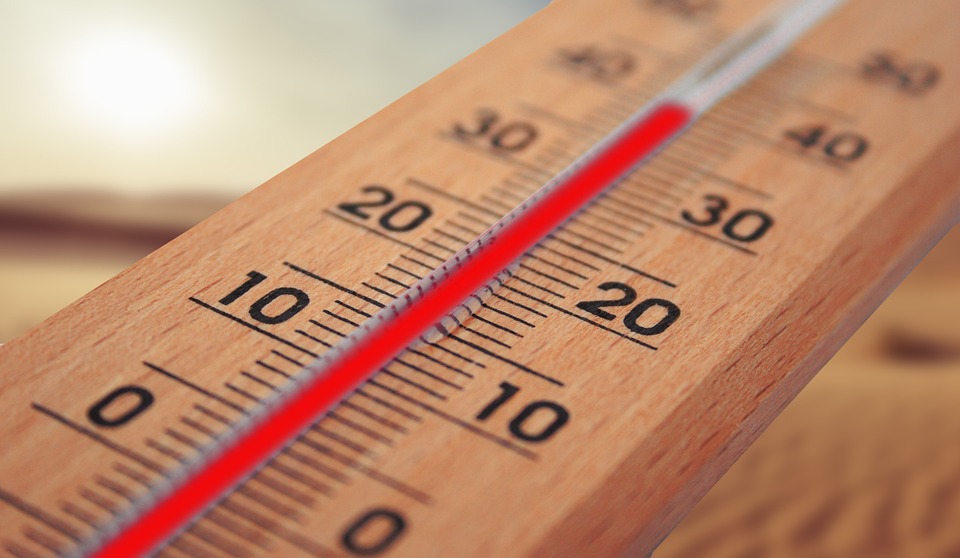What Is the Climate Like in the Dominican Republic? A Guide to the Tropical Weather of a Caribbean Paradise
The Dominican Republic is renowned for its stunning beaches, lush mountains, and vibrant culture, making it a prime destination in the Caribbean. Its tropical climate features warm temperatures year-round, high humidity, and distinct wet and dry seasons that significantly influence travel plans and outdoor activities.
General Climate Characteristics of the Dominican Republic
– Tropical Climate: The Dominican Republic experiences a tropical climate characterized by consistently warm temperatures and high humidity, particularly along the coast.
– Temperature Range: Average temperatures typically range between 77°F and 88°F (25°C to 31°C) throughout most of the country, with only slight seasonal variations. The warmest months are usually July and August, where temperatures can peak higher[1][4].
Seasonal Weather Patterns in the Dominican Republic
– Dry Season (December to April): This period is marked by lower humidity and reduced rainfall, making it ideal for travel. Average high temperatures during this season hover around 80°F to 84°F (27°C to 29°C), providing comfortable conditions for beachgoers and outdoor enthusiasts.
– Rainy Season (May to November): The rainy season sees increased rainfall, particularly in the northern and eastern regions. This season is characterized by short but intense showers, with tropical storms and hurricanes more likely from August to October.
– Regional Variations: The mountainous areas, such as the Cordillera Central, experience cooler temperatures compared to coastal regions. In contrast, coastal areas remain warm and humid throughout the year[2][4][5].
Regional Climate Differences
– Northern Coast: This region receives rain throughout the year, with peak rainfall occurring during the rainy season. Temperatures are slightly cooler during winter months.
– Southern and Eastern Coasts (e.g., Punta Cana): These areas are generally drier and sunnier, especially during the dry season, making them popular among beachgoers.
– Mountainous Interior: The interior regions are cooler and less humid than coastal areas. They receive significant rainfall, supporting lush forests and agricultural activities[1][3][4].
Hurricane Season and Extreme Weather
– Hurricane Season (June to November): This period is known for increased storm activity, with September being particularly active. While hurricanes can disrupt travel plans, they are infrequent; only a handful have made direct landfall in recent decades.
– Impact on Tourism and Safety: The Dominican Republic has established measures to ensure tourist safety during extreme weather events. Travelers are advised to stay informed about weather conditions during their visit.
– Flooding Risks: High rainfall during hurricane season can lead to flash floods in vulnerable areas[2][6].
Climate Impact on Activities and Tourism
– Best Season for Beach Travel: The dry season from December to April is optimal for sunbathing, swimming, and other outdoor activities.
– Ecotourism in the Mountains: Cooler mountainous regions are perfect for hiking and exploring during the dry season.
– Water Sports Conditions: Water conditions vary by season; calmer seas during the dry season are ideal for water sports, while rougher seas may occur during the rainy season[3][5].
FAQs
– What is the best month to visit the Dominican Republic? December through April offers the best weather with minimal rain.
– How does the weather vary between coastal and inland areas? Coastal areas are warmer and more humid; inland areas can be significantly cooler.
– When is hurricane season in the Dominican Republic? Hurricane season runs from June to November.
– How much rain does the Dominican Republic receive annually? The country averages significant rainfall during its rainy seasons, particularly from May to October.
– Are there areas in the Dominican Republic that are cooler than others? Yes, mountainous regions like Jarabacoa experience cooler temperatures compared to coastal areas.
– What is the hottest month in the Dominican Republic? August typically sees the highest temperatures.
– How does climate change impact the Dominican Republic? Climate change has led to increased temperatures and unpredictable weather patterns affecting rainfall distribution[4][6].
Conclusion
The Dominican Republic’s tropical climate offers warm temperatures year-round alongside distinct wet and dry seasons that cater to various tourist activities. Understanding these climatic patterns can enhance travel experiences, allowing visitors to enjoy everything this Caribbean paradise has to offer—from its beautiful beaches to its mountainous adventures.

Kyle Whyte is a notable scholar and professor at the University of Michigan, holding positions such as the George Willis Pack Professor in the School for Environment and Sustainability and Professor of Philosophy. Specializing in environmental justice, his work critically examines climate policy and Indigenous peoples’ ethics, emphasizing the nexus between cooperative scientific endeavors and Indigenous justice. As an enrolled Citizen Potawatomi Nation member, he brings a vital perspective to his roles as a U.S. Science Envoy and member of the White House Environmental Justice Advisory Council. His influential research is supported by various prestigious organizations including the National Science Foundation, and disseminated through publications in high-impact journals. Kyle actively contributes to global Indigenous research methodologies and education, with affiliations to numerous institutes and societies dedicated to traditional knowledge and sustainability. Recognized for his academic and community engagement, Kyle has earned multiple awards and served in various visiting professorships. His efforts extend to leadership positions on boards and committees focused on environmental justice nationwide.
